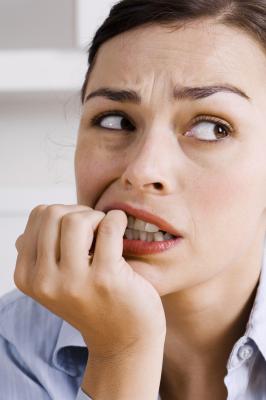Search Results for: therapy involves
Activities for a Child With Cerebral Palsy
Cerebral palsy is a neurological disorder that can significantly impact a child’s ability to move and complete simple tasks. Most symptoms of cerebral palsy occur by the time a child is three years old; scientists are still researching to learn all the potential causes of this neurological illness. While a cerebral palsy diagnosis is distressing for any parent, the good news is that the disease’s symptoms do not worsen over time. With proper health care and appropriate exercises, many children with cerebral palsy experience little impairment as they grow into adults.
Child Epilepsy Myths
Epilepsy, also known as a seizure disorder, is a condition that causes a person to experience unusual discharges of electricity in the brain. A child needs to have a least two seizures before he receives a diagnosis of epilepsy, according to the Mayo Clinic. Though people have come to better understand the condition thanks to improvements in science and medical care, several myths about epilepsy still abound.
Cures for Nail Biting
Many nail biters are eager to give up their habit so that they, too, can have the beautiful, manicured nails that they admire on the hands of their friends. If you are a chronic nail biter, you need not relegate yourself to a life of carefully hiding your bitten nails. By giving up this nervous habit, you may be able to give your nails a new lease on life.
Help for Children With OCD
OCD stands for obsessive-compulsive disorder and manifests itself when the patient has having recurring thoughts or worries he can’t get out of his head, no matter how much he tries. These thoughts lead to ritualistic behaviors that OCD sufferers do to try to get rid of the thoughts. By performing certain rituals, the person with OCD believes he is warding off bad things. OCD is an anxiety disorder, and even though it is more prevalent than many other types of childhood disorders, you may not even know your child has it because he probably hides the disorder out of embarrassment.
ADD & ADHD Treatments
ADHD stands for attention-deficit hyperactivity disorder. Before 1994, this same condition was referred to as ADD, or attention deficit disorder. ADHD is the more commonly used term since the name change. However, doctors still use the term ADD when referring to a condition that does not involve hyperactivity. Both conditions involve your child’s not being able to sit still and pay attention, acting impulsively and sometimes getting into trouble.



